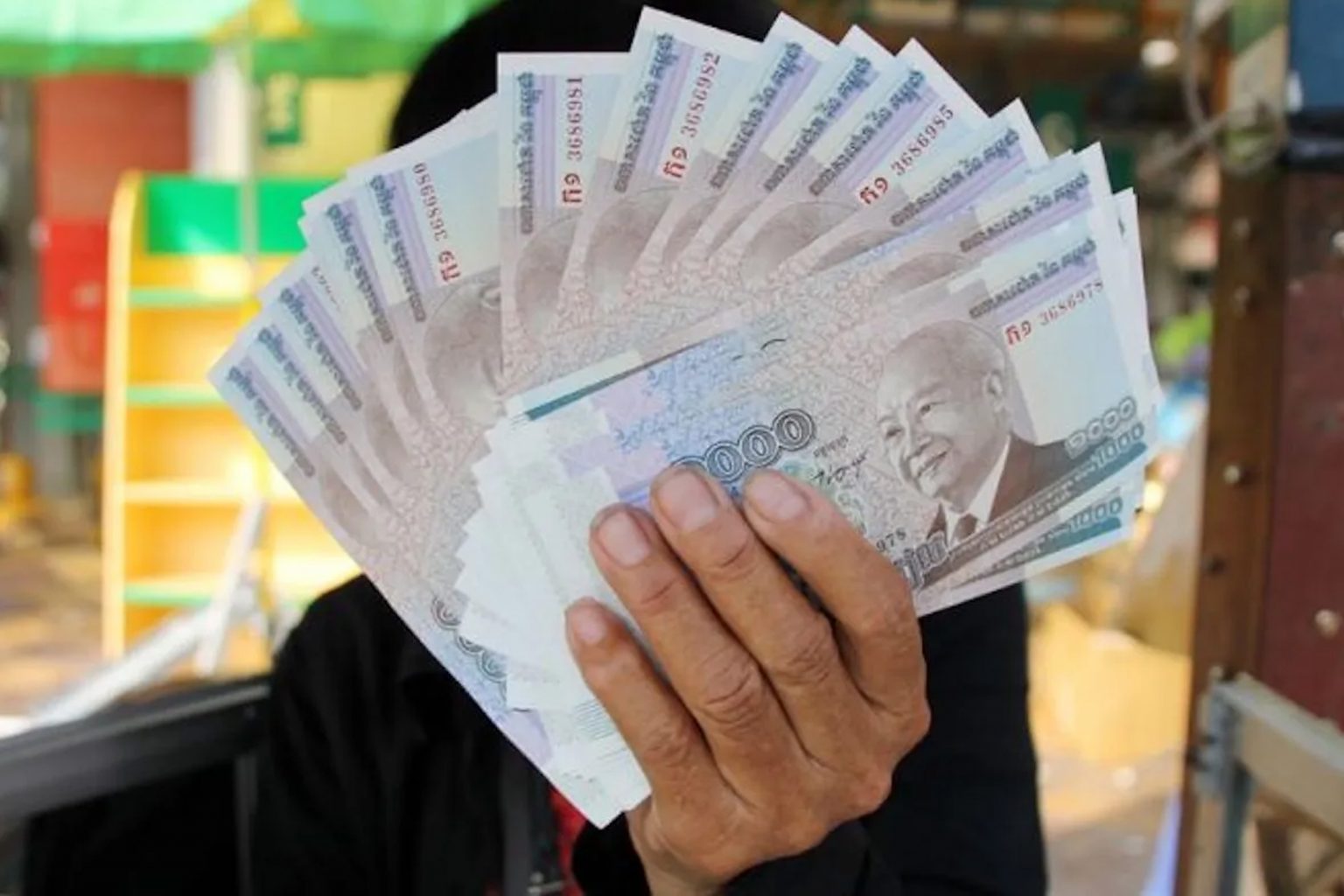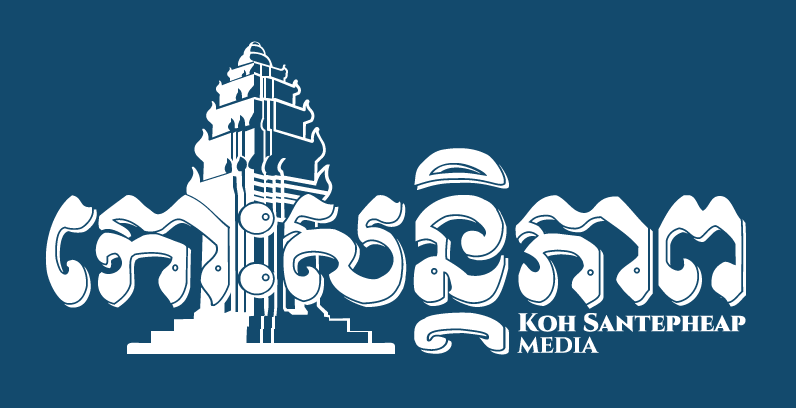Cambodians are increasingly using the riel instead of the dollar in their daily lives, according to interviews with people and a report by the National Bank of Cambodia.
The National Bank of Cambodia claimed that the riel, the national currency, appreciated by approximately 1.6 percent in the first half of 2025 compared to the same period in 2024. The National Monetary Authority and financial institutions in Cambodia claimed in a six-month report it released over the weekend that the riel continues to be in good shape and is trending higher.

The same source continued to point out that due to the increasing demand for riel for use in the agricultural sector, electronic payments and tax payments. In addition, seasonal fluctuations in the exchange rate have also been limited, which has further contributed to increasing confidence in the riel.
The same source continued that the average exchange rate in the first half of this year was 4,011 riels per dollar, which means the riel has appreciated by 1.6 percent compared to the same period in 2024. In addition, the interbank foreign exchange market on the National Bank of Cambodia’s exchange in the first half of the year was $1.8 billion, equivalent to 867 transactions, an increase of 43.4 percent compared to the same period last year.
Regarding the riel, the people applauded and recognized that the riel, which previously seemed to have lost popularity in various exchange systems from the early 1990s to the 2020s, is now widely used.
Mr. Tum Panha, a 49-year-old resident, said that in the past, people rarely put riel in their wallets, but now they are full of it, and there are not many dollars. He stated that “both me and them now, if we don’t use QR codes, we use a lot of riel because when we go to the market to buy groceries, if we spend dollars, when they are gone, they are mostly gone in riel.”
Separately, Ms. Sreynet, a company official, said that now, when we go to withdraw money, we generally withdraw in riel, if not, we spend it via QR. She said that now, at gas stations and modern shops, people mainly charge and pay in riel.
The movement to use riel has been gaining more and more support after the National Bank has conducted a series of campaigns and encouraged the use of riel in recent years.

